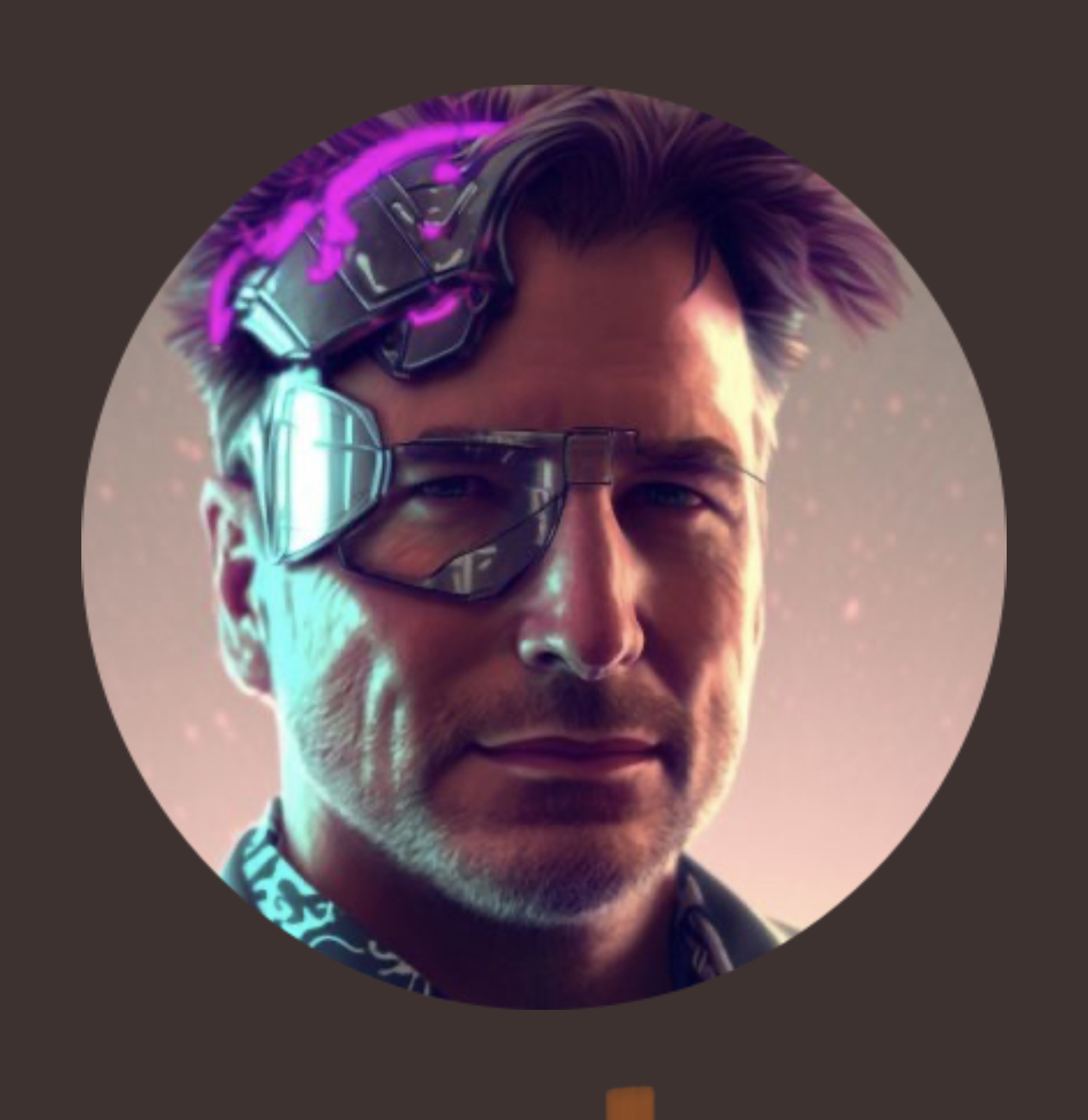How do you build a drivable virtual city?
- Jeff Rayner
- Aug 5, 2022
- 2 min read
It's not as easy as you might imagine!
But in virtual reality anything is possible.
There are many ways to answer this question, so for now, we'll stick to the virtual construction.
Essentially, it comes down to 4 phases.

PHASE 1 - PLANNING & BUILDING
This is often the least well understood. Proper planning makes all other phases much easier. The essentials are what area needs to be covered, can we get a detailed map of the zone, which roads need to be included, and when should roads be excluded, how precise does the road mapping need to be.
PHASE 2 - 3D WHITE BOX
During this phase, the first drivable experience begins to take shape. We build on top of the map, add details for terrain elevation, and create the basic shapes of the road and side environments.
PHASE 3 - DETAILS
The fun is in the details, and so is the devil!
As we add road details, we start to understand just how complex city building in VR is. For example, what road textures exist, what are the road markings, what are the colors of the roads, how consistent are they, are there road gutters, drains, curb sizes, sidewalk types and sizes, trees, bushes, grass verges, bins, sign posts, lamp posts, electrical cables, cars, pedestrians, dogs, road crossings, lights, etc? and all of this is before we get to the buildings.
At every step of the details phase, we not only have to consider the "what is it", but also "how important is it", and how realistic does it need to be. Based on these answers we determine how much optimization is needed. Creating for VR requires the GPU and CPU to process multiple times that needed for 2D screens, as the viewing image is larger and needs to work slightly different angles from each eye. In short, creating it is one thing, optimizing is a whole different dilemma.
PHASE 4 - POLISH
Once the details have been established, the final stages of making a realistic world start to shine. Not only do we look at objects and colors , but now we start refining textures, lighting, occlusion, shadows, reflection, and animations.
In Summary
Creating a drivable landscape requires a lot of work and optimzation, but once it's complete, the results speak for themselves.
In these images, we compare the real world to the virtual world that works in VR. There are clear differences, owing to the amount of optimization we need to make the experience work on most PCs and headsets. Given more time, money, and really high end machines, it could be even more realistic - but if the end result is a smooth non-laggy experience then once you put a headset on, one forgets about the nuances and enjoys the richness of the environments.





Comments